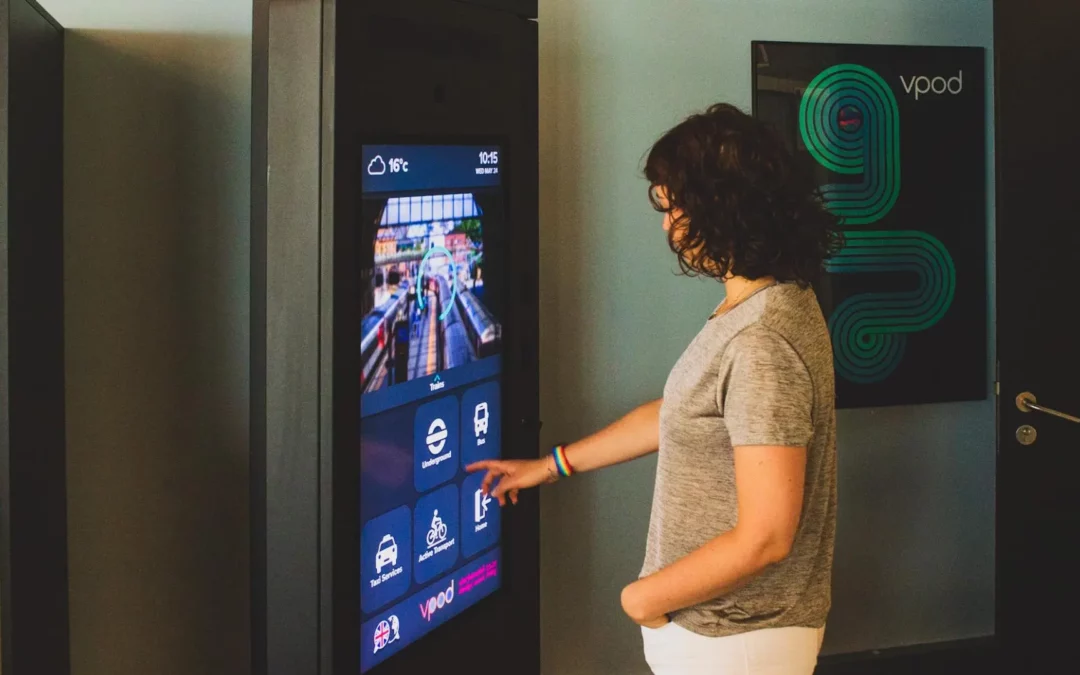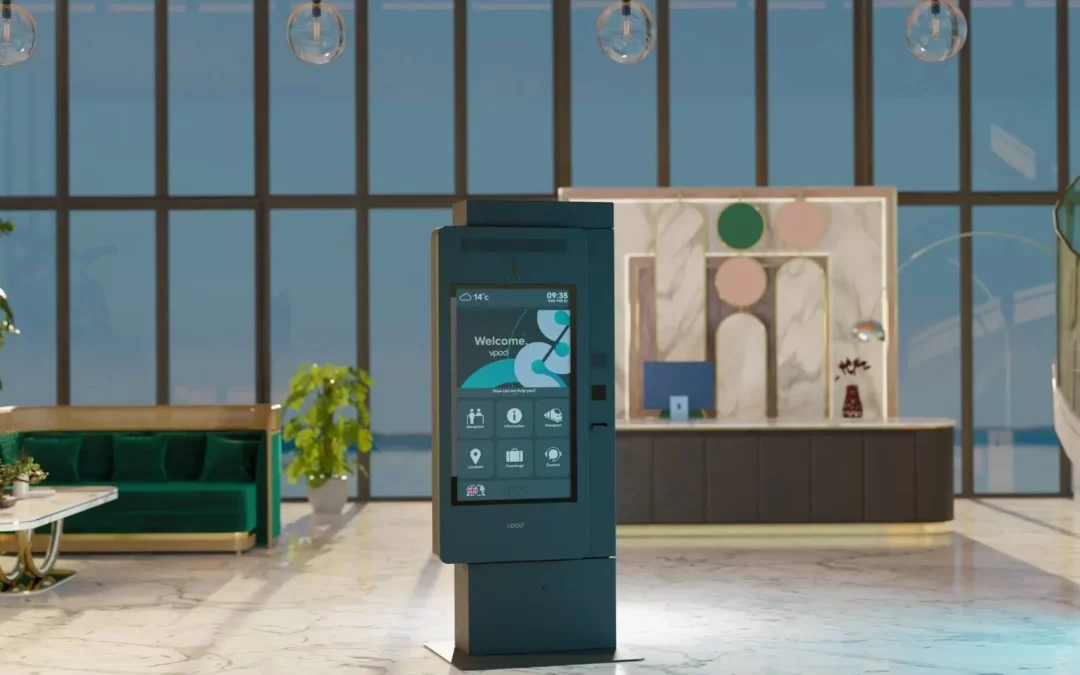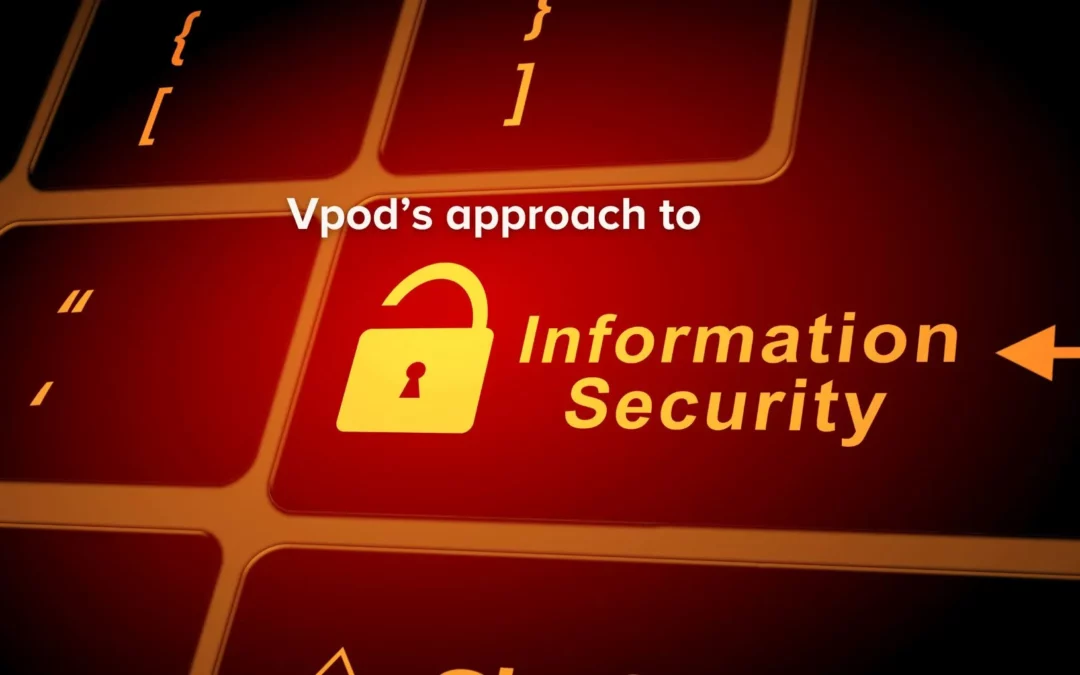Are you looking for a solution for a self-service reception? Are you wondering if self-service check-in kiosks can deliver the best customer service for your guests? Wanting to speak to a human after a failed technological interaction is common. However, these frustrations don’t have to spark debates of ‘man versus machine’ when things go wrong.
In this blog, we are going to take a deeper look at how Self-Service Reception Kiosk can be just the key to supporting front-of-house staff in delivering a human-centric experience while providing a smoother check-in experience for overall punctuality and productivity.
To highlight the many benefits that you can achieve with self-service reception kiosks, you will learn:
- What is a Self-Service Check-in Kiosk?
- How to Use a Self-Service Check-in Kiosk?
- How it will Benefit you
- How Self-Service Kiosks can supplement the human experience
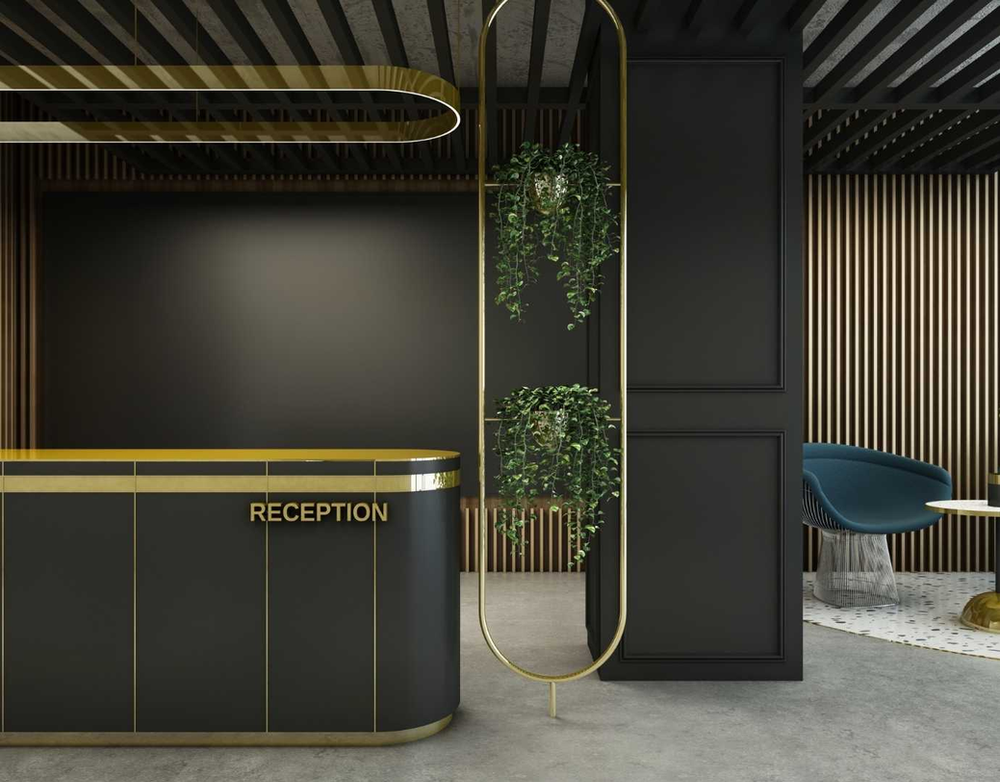
What is a Self-Service Check-in Kiosk?
Visitor management systems are often used as a self-service reception with self-check-in functionalities and more. Self-service check-in kiosks are used in many industries to automate repetitive manual tasks involved in the visitor check-in process. You might recognise the self-service concept from fast food places where orders and payments are made easily and quickly on machines at the entrance. Similarly, self-service check-in kiosks can be placed in the reception area at office buildings, convention centres, or other venues for an easier, faster, and streamlined check-in process for employees and visitors alike.
Self-service reception solutions like the Vgreet virtual reception system go beyond the basics to provide a concierge-style service, all while retaining human interaction and providing a quality check-in experience.
It specialises in delivering an end-to-end user journey from the moment the visitor leaves their home to the moment they leave the premises – providing a truly tailored approach to connecting with a physical space. A reception kiosk like Vgreet includes features such as:
- Visitor registration
- Visitor check-in and pass printing
- Visitor access control
- Resource booking
- Handling of parcel deliveries
- Catering
- Video live support to virtual receptionists
- Indoor wayfinding
- Help desk for IT support
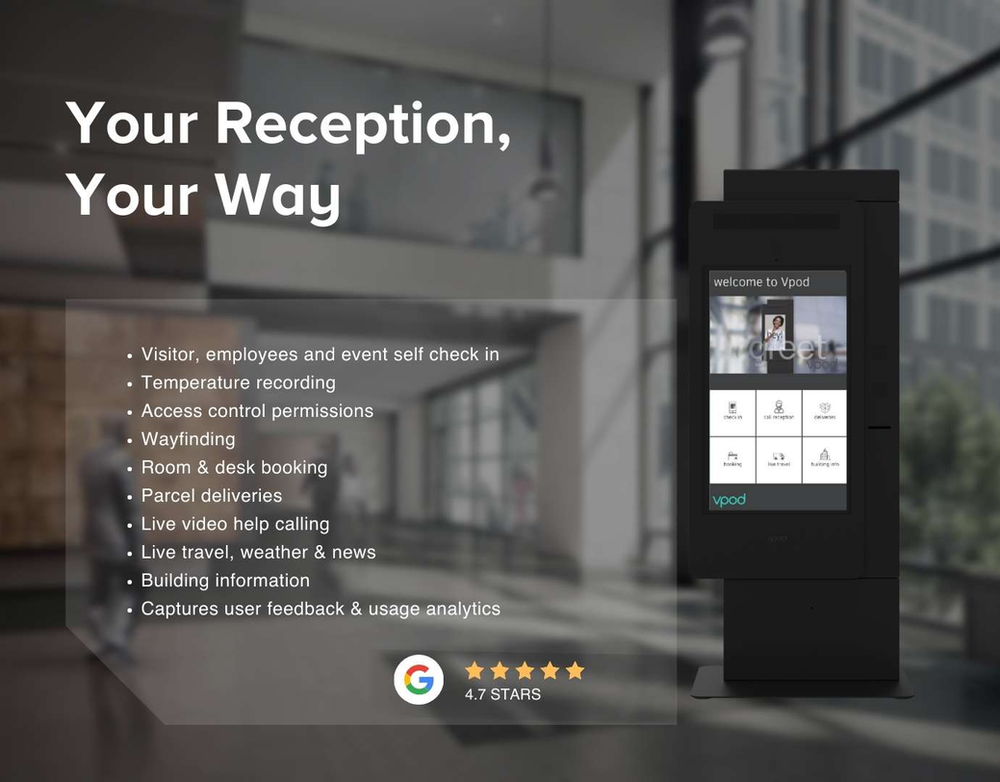
How To Use a Self-Service Check-in Kiosk?
Visitors can use a self-service check-in kiosk in 6 simple steps:
- Receive a meeting invite with the hostname, contact info, and QR code for checking in
- Pre-registration: upload or sign any NDAs and important documents
- Upon arrival, scan the QR code at the kiosk to check in and enter access controls
- The host is automatically notified by the system
- Access additional concierge services by offering easy access to information on local food and drink, daily weather forecasts, help from a virtual receptionist and more
- Leave feedback, allowing the business to continuously improve
Benefits of a Self-Service Kiosk
Breaking the barriers between receptionists and visitors
Self-service kiosks come in many shapes and forms and can have multiple purposes such as: checking in customers for a flight at the airport, checking out items at a supermarket, ordering food, signing into a workspace, and more.
Although utilising a check-in kiosk works to lower queue times and create more pleasant user experiences, one of the biggest apprehensions around self-service kiosks is that they seem to encourage a lack of human interaction.
In reality, self-service kiosks can reduce workplace interruptions to a degree that allows receptionists to focus on delivering exceptional communication and reception service where face-to-face exchanges are required. On top of this, check-in kiosks offer a list of out-of-the-box features that cater to different needs and can adapt to various situations. These include:
- Indoor wayfinding around the building to ensure no one gets lost
- Centralising resources for consistent communication between workers and departments
- Increasing security and data compliance with visitor pre-registration, identity verification, and improved access control
- Room and desk booking
- Concierge services for live weather and transport updates, as well as guest feedback options for improvements
Boosting productivity and ROI
Among other advantages of having self-serving technology, self-service reception kiosks can increase your business’ productivity and ROI. Reception staff can experience over 30% fewer calls to the service desk, freeing them up to complete other tasks that require attention to detail and skill, and businesses can reap higher ROIs.
According to a 2017 study, the average cost-per-ticket for support teams ranges from $2.93 to $49.69, with an average ticket price of around $15.56 and an average cost per minute of $1.60 for handling tickets. When the number of calls for Level 0-1 tickets is dramatically reduced, a much higher return on investment is associated with those costs.
We demonstrated how visitor management software can improve your bottom line. As an example, Vodafone has seen 85% ROI per annum with self-service check-in kiosks while delivering an exceptional reception service.
Increased job satisfaction
Self-serving technologies help employees find a balance between their personal values and your organisation’s goals to deliver meaningful work. They are more likely to be loyal, service-oriented, and high performers because of their independence and additional support.
Organisations are not just implementing the efficiencies of self-service reception kiosks for cost-saving purposes; they are using them to re-deploy and retrain reception staff to streamline repetitive tasks so that reception staff can enjoy greeting and servicing visitors in more depth.
 Substituting vs Supplementing the human experience
Substituting vs Supplementing the human experience
Implementing a Self-Service Reception doesn’t have to mean you’ll be replacing your staff. The kiosks exist to make lives easier and supplement staff who are overwhelmed and need extra support for mundane tasks. At Vpod, we believe freeing up front-of-house employees and allowing them to focus on tasks that need real thought and skill can assist in bringing back the personal touch that the human experience offers to create a true human-centric workplace.
A Forbes article about people and technology notes that “recognizing these human elements, and identifying where human input is essential, is one of the challenges enterprise organisations face.” Additionally, when most of the repetitive tasks were done by technology, “humans were empowered” to better support customers which, in turn, “increased productivity in a big way”.
Summary
In short, a Self-Service Reception kiosk can provide multiple advantages to businesses. As a technology made to improve convenience and streamline reception, self-service check-in kiosks are not meant to replace the value of your reception staff; instead, they are made to supplement and enhance the service that FOH staff can provide, with the goal of providing a quality end-to-end visitor experience.
With self-serving technology taking care of tedious reception tasks, your staff can feel more supported in their work, allowing them more autonomy and thus improving productivity and strengthening ROI.
The Vgreet visitor registration kiosk redefines traditional reception practices by:
- Enabling front-of-house employees to become attentive hosts by supporting them in providing more services
- Removing barriers between visitors, employees, and the receptionists
- Increasing business productivity by eliminating long queue times, assisting in punctuality and organisation
- Streamlining manual processes to save time and money, maximising ROI
Further reading
- A beginner guide to smart receptions
- Face-to-Face vs Virtual Receptionist: Why not both?
- What reception service suits my business?
Interested in implementing a self-service reception, with or without a kiosk? The Vgreet platform is available as software for your flexibility.
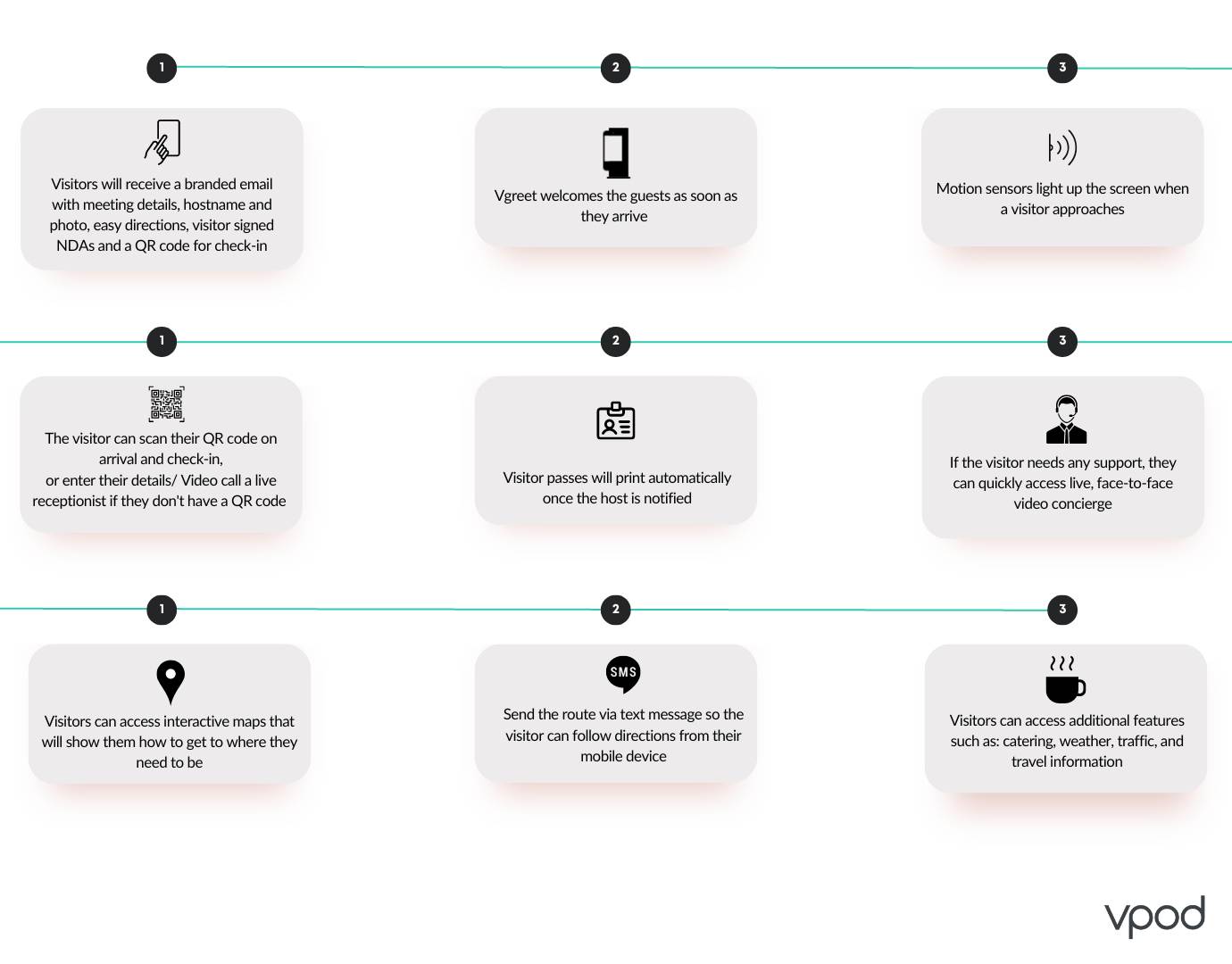
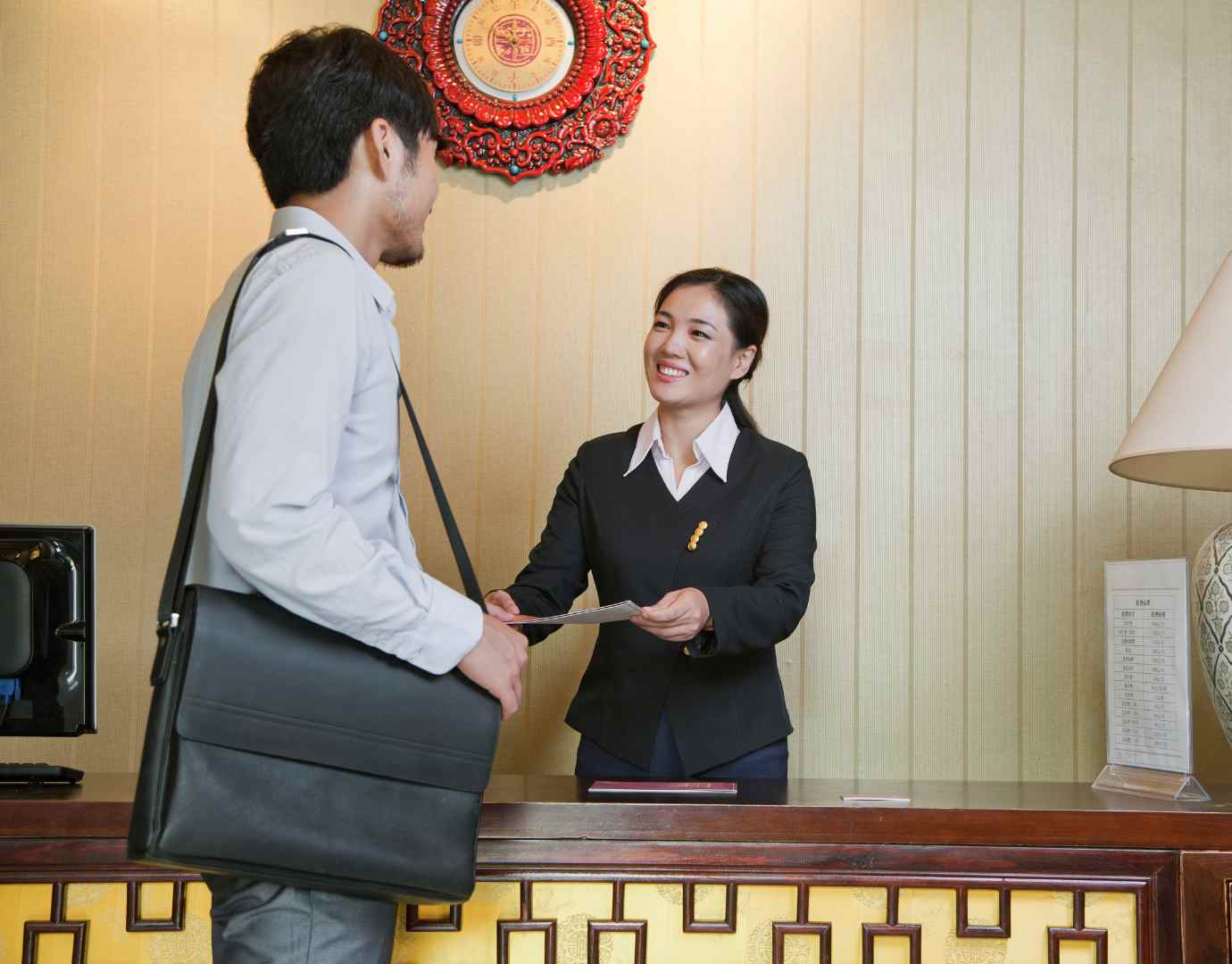 Substituting vs Supplementing the human experience
Substituting vs Supplementing the human experience